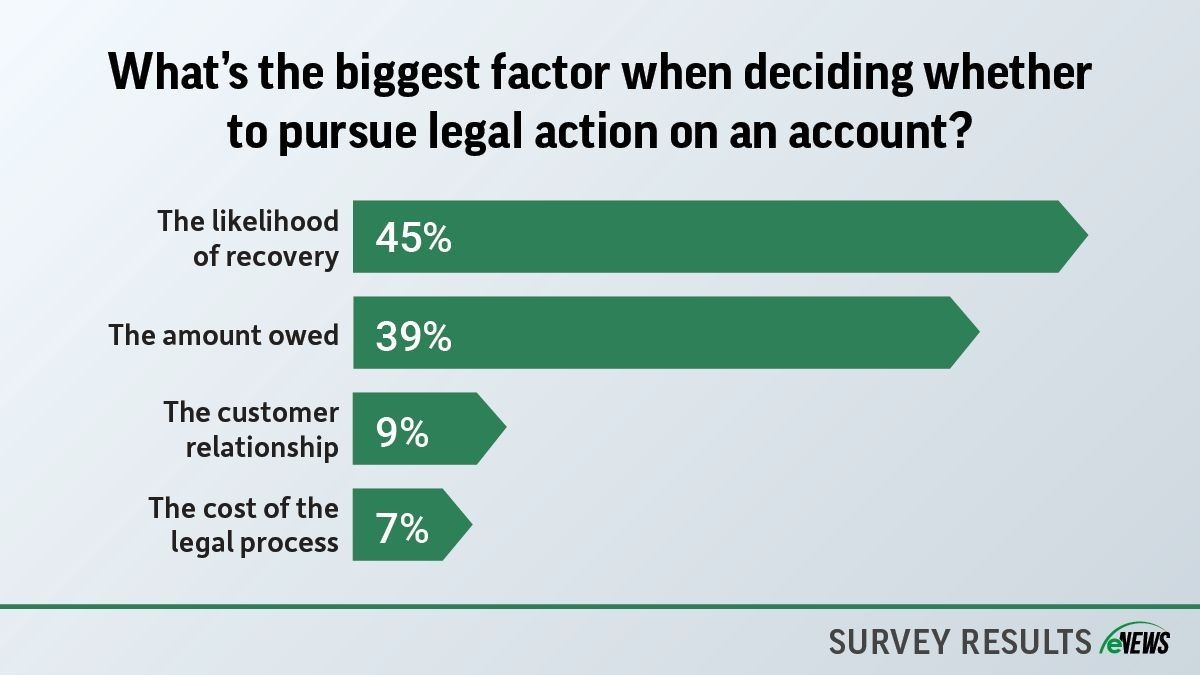eNews
How to make credit decisions without financials

Extending credit is, in many ways, a calculated risk. You’re relying on your customer’s ability and willingness to pay on time, if at all. But smart credit professionals don’t move forward without clarity. By analyzing a customer’s financials, they get a clearer view of the hand they’re being dealt to make more informed credit decisions. But what happens if a customer refuses to share financials?
Why it matters: Granting credit without reviewing financials is a risky move. If financials are off the table, using alternative methods to assess a customer’s creditworthiness can help you understand what kind of customer you’re dealing with before making a final decision.
When a customer does not share financials, credit professionals may wonder why the customer chose not to share these records. Perhaps it’s a privacy concern or fear that disclosing financials could reveal a lack of creditworthiness.
In many cases, it is a company’s size and nature that make it more reluctant, or incapable, of sharing financial information. “We often don’t request financials given our industry, but when we do, we mainly get pushback by smaller organizations or sole proprietors that can’t produce that information demand,” said Isaac Kotila, regional credit manager at Insulation Distributors Inc. (Chanhassen, MN).
By doing their due diligence to know their customers, credit professionals can minimize exposure. This may include online research, a look at the Secretary of State website or reviewing a company’s social media presence to assess activity and performance. “We often rely on trade bank references and credit reports for insight into past payment trends of the customer,” Kotila said.
To gather financial insights, some credit professionals investigate the customer’s suppliers. “When possible, I prefer to find out who the customer’s main suppliers are, especially those selling them the same type of materials because oftentimes, their financial information is more up-to-date,” said Len Brown, director of commercial credit at Floor & Decor (Atlanta, GA). “That’s not to say financials aren’t valuable, they are—when you can get them. But I’ve seen strong financials paired with slow payments, and I’ve also seen customers who pay well but have poor financials. So, you really have to look at the full picture. To assess risk, I’ll also search for any liens and lawsuits they may have.”
Industry trends can also provide insight into a customer’s financial standing. “You want to at least try to find out who their top competitors are in the industry, and then just do a quick strengths, weaknesses, opportunities and threats (SWOT) analysis,” said Ed Bell, CBA, ICCE during an NACM webinar, No Financials, No Problem! “Also, speaking to vendors and other credit professionals in industry trade groups can reveal useful performance details, so long as credit reporting laws aren’t violated.”
The sales team, given their close relationship with the customer, can provide intel on the customer’s financial situation. “We require applicants to meet with a salesperson in person before we establish credit terms,” said Kotila. “Depending on the customer’s location, we’ve also had the salesperson request specific figures or details from the documents. This helps us get a general sense of the company’s financial health, just enough to confirm they’re staying above water. Through that relationship, we can fill in any missing pieces of information and compare that to outside information we’ve already gathered.”
The decision to extend credit without financials depends on many factors, such as the amount of credit needed. “For smaller amounts, we may choose to forgo the requirement to see financial records,” said Bell. “For larger amounts, we might offer to sign a non-disclosure agreement (NDA) or request partial payment upfront until a successful relationship is established. Most importantly, you need to know the customer and look at all the other risk factors, such as country, political, currency, cultural and economic factors.”
The bottom line: Whether or not a customer shares their financial records, it’s essential for credit professionals to use all available tools and insights to evaluate creditworthiness and minimize risk. Even without every piece of information, careful analysis of patterns, behavior and external data can provide the clarity needed to make confident decisions.





